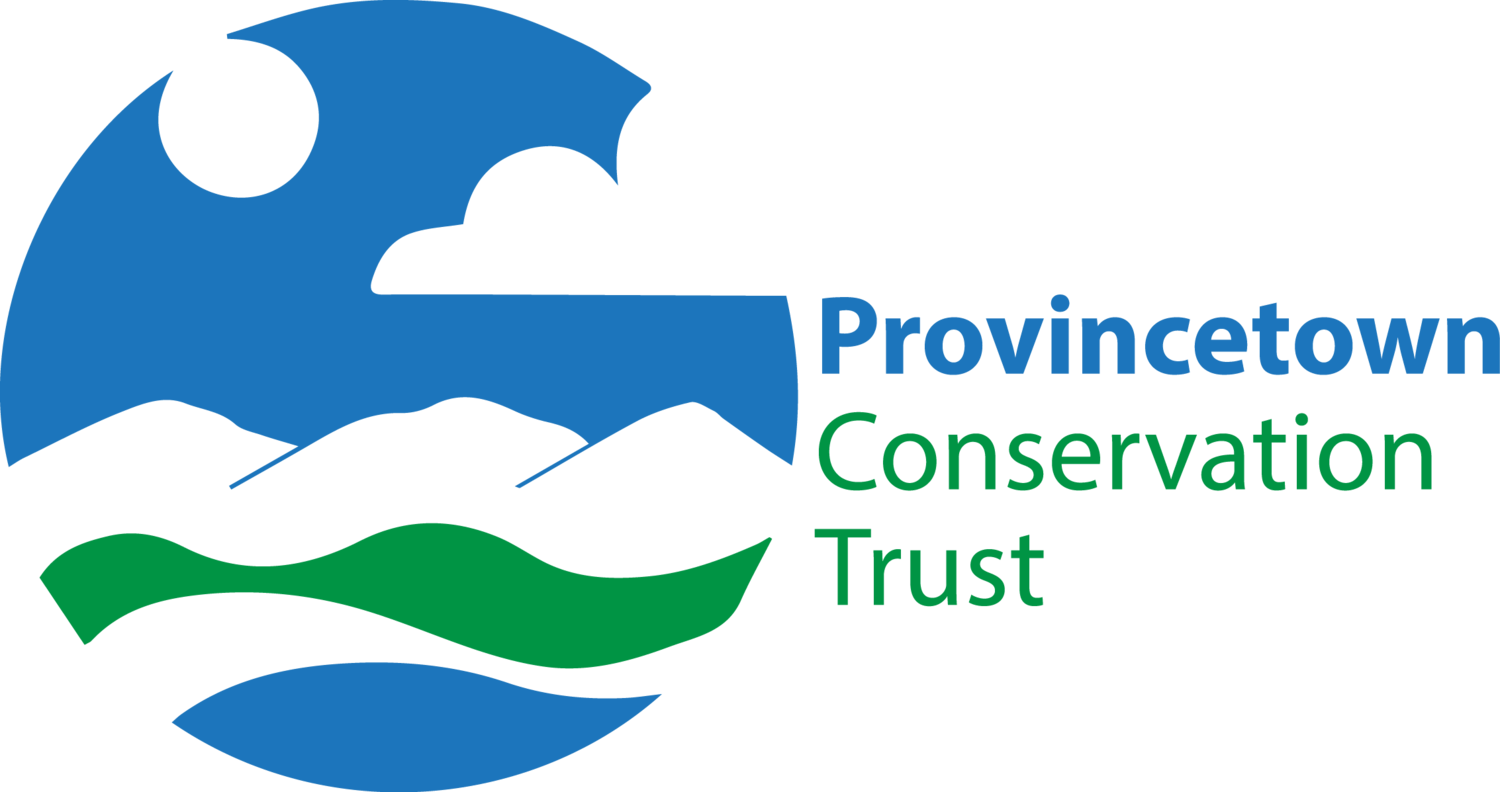Download the Provincetown Railroad Heritage Trail Guide for more information on Old Colony Nature Pathway and Whistle Path woods.
Whistle Path Woods is seven acres consisting of rolling wooded dunes and two small freshwater wetlands (0.14 acres). There is a distinct dune ridge running southeast-northwest, parallel to the property sidelines. An 1836 map indicates the wetland on this site may be the remnant of the head of the tidal inlet known as Junky’s Harbor. This inlet was buried by accretion and filled for the creation of Snail Road and its adjoining neighborhood. Snail Road was the major access way in the 1800’s from downtown to the lifesaving station at Peaked Hills on the Atlantic shore. The footpath now winding through the woods is now known as “Whistle Path”. Due to the heavy use of this path by cranberry pickers traveling from Town to the dune bogs in the late 1800’s trains were required to blow their whistles at the path crossing.
The parcel was originally part of an 80 acre property owned by Max Bohm, the renowned Romantic Impressionist whose large oil painting of the Pilgrims landing can be seen in Town Hall. In 1919 this parcel stretched from the Bay to the Atlantic Ocean. Most of this acreage was subsequently taken for the Cape Cod Railroad Bed in 1872, the layout of Route Six in the late 1950’s and The Cape Cod National Seashore in 1962. The remainder was planned as an 18 lot subdivision before the Town purchase in May 2001 from Locke Family Trust under the Cape Cod Open Space Acquisition program (aka Cape Cod Land Bank) (the Land Bank is funded by a 3% surcharge on property taxes thru 2020). The Town has granted a Perpetual Conservation Restriction to Provincetown Conservation Trust.


